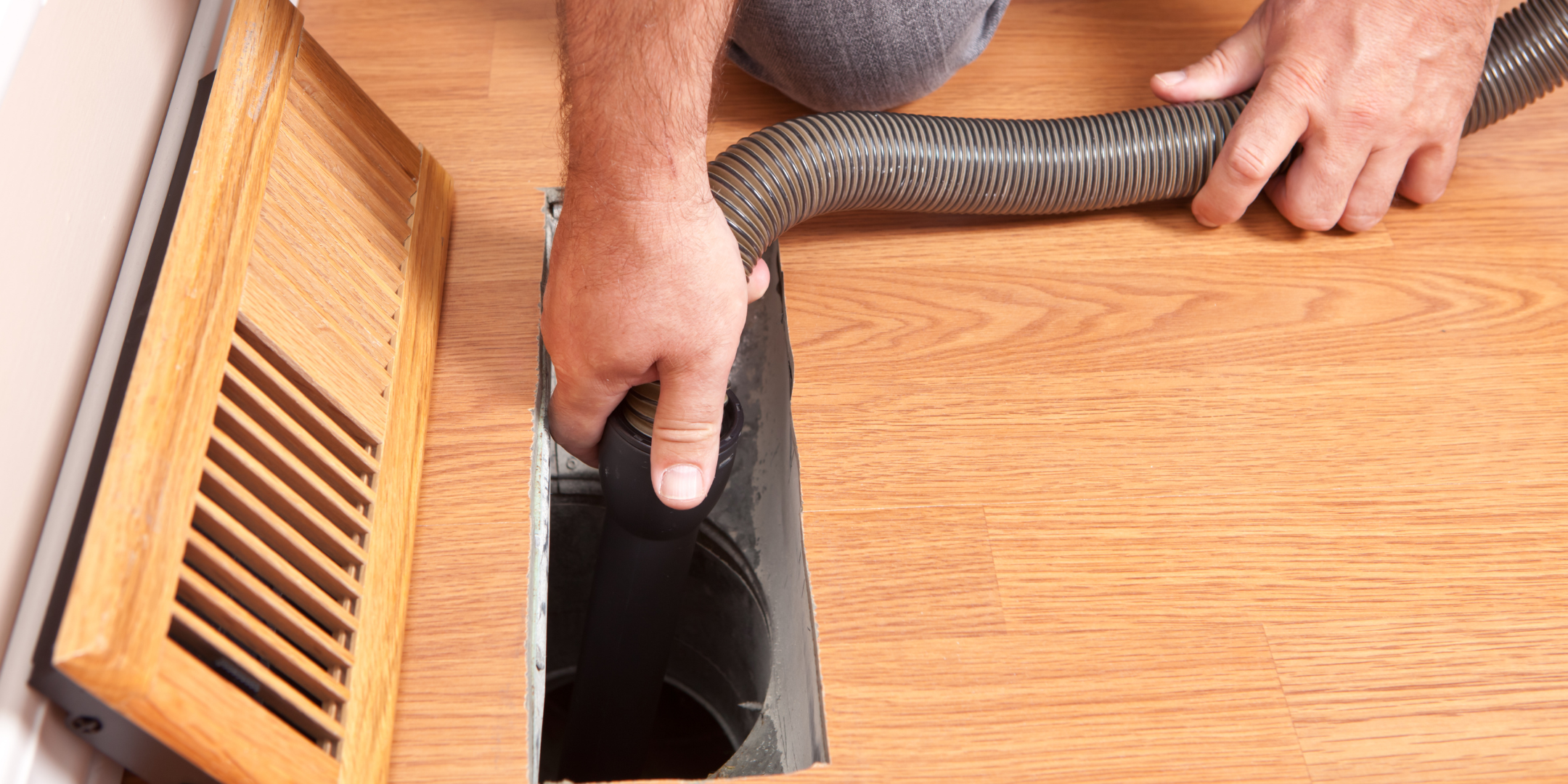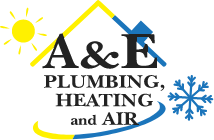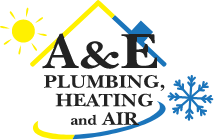Best Duct Cleaning Methods: Which One Is Right for Your Home?
April 21st, 2025
4 min read
By Daphne Hunt

So you’ve dusted the baseboards, tackled the garage (again), and even replaced the filter in your HVAC system. But somehow… the air in your house still feels stale. The dust keeps piling up. Your allergies are starting to get worse and worse.
system. But somehow… the air in your house still feels stale. The dust keeps piling up. Your allergies are starting to get worse and worse.
At some point, it hits you: maybe the problem isn’t what you can see—but what’s hiding in your ductwork.
By the end of this article, you’ll know exactly how the most common duct cleaning methods work, which ones are worth the money, and which one is right for your home.
With over 16 years of experience helping homeowners navigate this exact issue, we’ll help you decide whether your home needs a quick refresh or a deep clean—and which method will actually deliver real results.
Let’s get right into it and clear the air.
Why Duct Cleaning Methods Matter (Yes, They’re Not All the Same)
Not all duct cleaning services are created equal. Some use high-grade equipment and proven processes. Others… show up with a vacuum and some hope.
So if you’re shopping around for duct cleaning and wondering why prices vary or why one company talks about “rotary brushes” while another mentions “negative pressure,” this is why: they’re using completely different methods.
Knowing the method means knowing:
- How deep the cleaning goes
- How effective it will be
- Whether it’s safe for your system
And yes—what kind of results you can expect.
What Are the Best Duct Cleaning Methods (And What’s Actually Worth It)?
There’s a lot of noise out there about how duct cleaning should be done. You’ll see everything from “deep cleans” to “express specials” for $99—and it’s no wonder people don’t know who or what to trust.
We wrote this because we’ve seen what’s out there—and more importantly, we’ve seen what works. Not every home needs the same approach, but if you're going to spend the money, you should know exactly what you’re getting into.
Here’s how the three most common methods actually play out in the real world.
1. Negative Air Pressure Cleaning
Estimated Price: $500–$1,200+ depending on home size and number of ducts
This is the industry go-to—and for good reason. It’s thorough, effective, and widely trusted. A massive vacuum gets hooked up to your system and creates negative pressure. Vents are sealed, compressed air tools are used to stir up debris, and all that gunk gets pulled out through the vacuum line into a contained system.
Why Homeowners Prefer Negative Air Pressure Cleaning
- It’s effective without being invasive
- Great for homes with pets or long-neglected ducts
- It’s the gold standard used by most reputable companies
When This Method is the Best
- Homes with moderate to heavy dust buildup
- Allergy sufferers
- Anyone who’s never had their ducts cleaned (or it’s been 5+ years)
3 Common Homeowner Questions
- “Will it damage my ducts?”
No—this method doesn’t use contact inside the ductwork, so it’s safe for most types, including flex ducts. - “How long does it take?”
Usually 2–4 hours for an average-sized home, depending on layout and access. - “Does it make a mess?”
A good tech will seal everything properly. There shouldn’t be any dust released into your home—if anything, your space should feel cleaner when they leave.
2. Rotary Brush System
Estimated Price: $700–$1,500+ (often combined with negative air for best results)
This is the method for when your ducts are holding onto dust like it's their retirement fund. A spinning brush scrubs the inside of the ducts while a vacuum captures the debris. It’s like using a bottle brush to really get into the corners.
Why Homeowners Prefer Rotary Brush Systems
- Physically removes thick, stuck-on gunk
- Especially good after renovations or in older homes
- Satisfying results—especially with before-and-after photos
When This Method is the Best
- Homes with post-construction dust
- Systems with visible debris or odors
- People who want that “deep clean” feeling
3 Common Homeowner Questions
- “Will this work with flex ducts?”
Usually not. The brushes can be too aggressive and could tear or damage flexible duct material. - “Can you reach the whole system?”
A skilled tech can, but it depends on layout. Some sections may still require air tools for tricky bends or inaccessible lines. - “Will I see the results?”
Yes—especially if your system was dirty. Most pros will show you photos of the inside before and after cleaning.
3. Compressed Air Blow-Out
Estimated Price: $99–$300 (but beware the fine print)
This is the most basic—and often least effective—method. It uses blasts of compressed air to push dust toward a vacuum or collection point. No brushes. No sealing. Just air. It’s fast, cheap, and often part of those “limited-time” deals you see in ads.
Why Homeowners Prefer Compressed Air Blow-Outs
- It’s budget-friendly
- Works okay for newer homes or lightly used systems
- Gets the job done quickly (sometimes too quickly)
When This Method is the Best
- Routine light maintenance in already-clean systems
- Rental properties or newer builds
- Homeowners on a tight budget
3 Common Homeowner Questions
- “Will this get rid of all the dust?”
Not really. It helps remove loose particles, but if there’s buildup stuck to the duct walls, this method won’t touch it. - “Why is it so much cheaper than the others?”
Because it skips a lot of steps. There’s no agitation to dislodge buildup, and in many cases, no real containment of what’s blown out. - “Is this safe for all systems?”
Yes—but “safe” doesn’t always mean effective. It's fine for occasional touch-ups, but not for deeper cleaning needs.
Which Method Is Right for Your Home?
Here’s a simplified breakdown to help you decide:

Still unsure? A qualified tech should walk through your system before recommending any method—and they should explain why they’re using it.
Choosing the Right Duct Cleaning Method Starts with the Right Questions
If you landed here wondering why your air feels stale, your HVAC sounds like it’s working overtime, or you just can’t shake the dust, you’re not alone—and you’re not wrong to start looking at your ductwork.
just can’t shake the dust, you’re not alone—and you’re not wrong to start looking at your ductwork.
Now, you’ve got a clear, no-fluff understanding of the most common duct cleaning methods, what each one actually does, and how to match them to your home’s needs. The right method matters, but so does the person behind the equipment. A good provider will walk you through the process, show you the results, and leave your system better than they found it—no guesswork, no shortcuts.
And if you’re still figuring out where to start, it helps to know what a professional cleaning should cost—and what that price actually includes. Before you book, make sure you know what you’re paying for (and what to avoid).
Check out our full breakdown of duct cleaning costs and what you get for the price.
Daphne Hunt holds a bachelor's degree in English and Mass Communication and has a lifelong passion for writing. She thrives on using her skills to craft compelling pieces that inform, inspire, and connect with readers.


